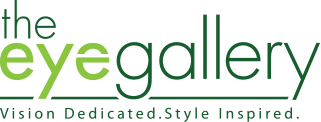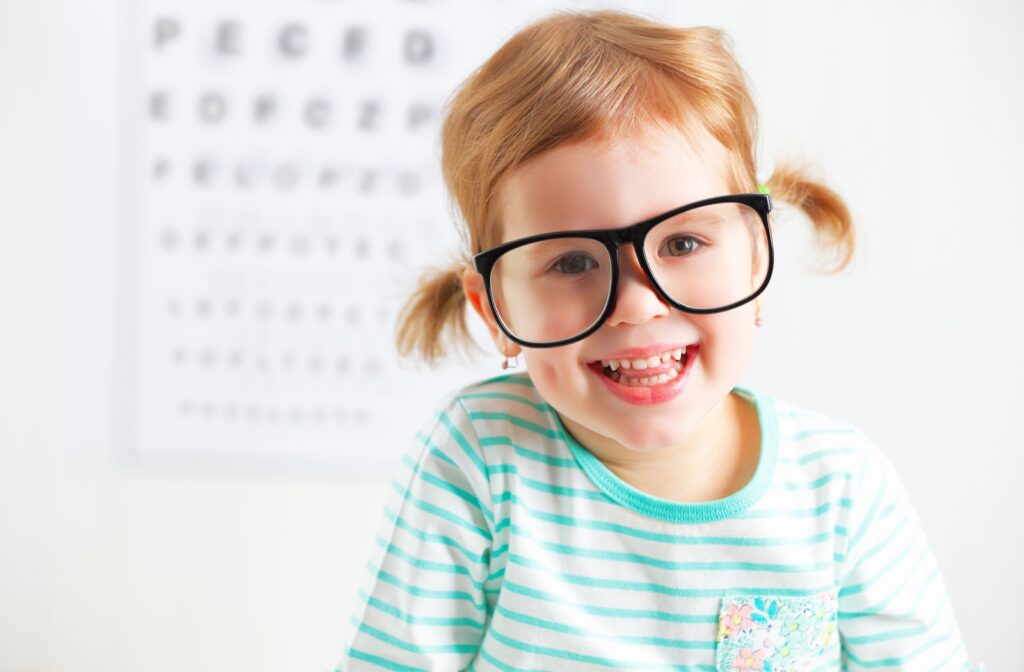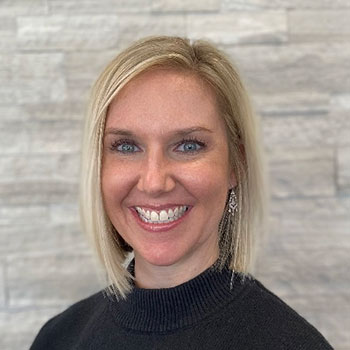As a parent, you’re always looking out for your child’s well‑being, from their first steps to their first day of school. But eyesight is one area that’s easy to overlook, especially when your child doesn’t complain about their vision.
The reality is that many vision issues develop gradually. Children also often don’t know what “normal” vision looks like. They may struggle to see the board at school, misread words on a page, or experience eye strain without realizing that it’s connected to their sight. And while school screenings can help, they don’t replace a comprehensive eye exam.
Regular eye exams are about more than just seeing clearly. They support your child’s development, learning, and long‑term health, helping them build the confidence to explore, grow, and engage with the world around them.
5 Benefits of Children’s Eye Exams
1. Early Detection of Vision Problems
Children often don’t have the life experience to realize that they have a vision issue. In fact, they often assume that everyone sees the same way they do. Vision problems like nearsightedness, farsightedness, or astigmatism can affect how children read, play, or interact with others.
If your child sits close to the TV, squints at books, or avoids puzzles and drawing, these could be signs that they’re having trouble seeing clearly.
An eye exam helps uncover these concerns early, even before your child starts school.
2. Supports Academic Success
Clear vision plays a major role in the classroom. Kids rely on their eyes to read instructions, copy from the board, and stay engaged with schoolwork.
Sometimes, vision problems can look like attention or behavioural challenges. For example, a child might lose their place while reading or seem distracted, not because they’re unfocused, but because the words are blurry. Regular eye exams help identify whether visual difficulties are part of the picture and can provide support before frustration sets in.
3. Identifies Hidden Eye Conditions

Some eye conditions, like amblyopia (lazy eye) or strabismus (eye turn), don’t always come with noticeable symptoms. A child might not complain, and they might not even know there’s an issue.
During a comprehensive eye exam, optometrists use age-appropriate tools to check eye alignment, movement, and overall health, even for kids who aren’t yet reading or talking. Catching these conditions early makes it easier to treat them effectively with glasses, eye patches, or vision therapy before they interfere with long-term development.
4. Tracks Myopia Progression
Myopia, or nearsightedness, often shows up in early school years and can change quickly as kids grow. If a child’s vision is worsening every year, they may need more than just a new prescription.
During annual exams, optometrists don’t just check how clearly your child sees. They also monitor whether their vision is changing. If needed, we may recommend myopia control options like special lenses or contacts designed to slow progression and protect long-term vision.
5. Builds Healthy Eye Care Habits
Routine exams from a young age help children get comfortable with visiting the eye doctor and talking about their vision.
These visits also give families the chance to ask questions about screen use, reading habits, and lighting, all of which are especially important now that kids spend more time on tablets, computers, and other digital devices. Over time, children can learn to recognize how their eyes feel, speak up if something seems off, and take a more active role in caring for their own health.
When Should Children Have Their First Eye Exam?
Children should have their first eye exam between 6 and 12 months of age, again at age 3, and once more before starting kindergarten. From there, we recommend annual exams to keep the development of their eyes on track.
If your child wears glasses, has a family history of eye disease, or spends a lot of time on screens, more frequent appointments may be recommended.
What Happens During a Children’s Eye Exam?
During your child’s visit, we’ll assess how their eyes respond to light, how well they work together, and how they focus. Even if your child isn’t yet able to read or identify shapes, we can use age-appropriate tools to find out what we need to know.
Eye exams help detect early signs of conditions like amblyopia or refractive errors, and they support healthy visual development over time. The full exam typically takes about 30 minutes, though the timing can vary depending on your child’s age, health, and comfort level.
Helping Your Child See What Matters Most
Good vision is about more than just seeing clearly. It supports learning, development, and confidence in every part of your child’s life.
At The Eye Gallery, we’ve designed our space with comfort and ease in mind. Our team works hard to make your child feel relaxed, supported, and even excited for their visit. We use gentle, child-friendly testing methods and explain what’s happening in ways that kids can understand.
Book your child’s eye exam today and help us support their vision every step of the way.




